On Tuesday, May 26th, our class went on a tour of Buenos Aires’ Jewish neighborhood. Argentina has a large Jewish community of about 300,000 people, the vast majority of whom reside in the city and suburbs of Buenos Aires. This constitutes the sixth-largest Jewish community in the world, albeit it was at one point the third largest. We started the day with a visit to AMIA, the main association for Jewish people living in Argentina. AMIA had been bombed in 1994 in what is the single deadliest bombing in Argentine history, killing some 85 people and injuring hundreds more. For this reason, the AMIA compound is heavily protected by security protocols, and getting in involves airport-style security and submitting one’s passport for inspection.
Once we gained access to the compound, our tour guide provided us with a brief introduction to AMIA. She explained to us the significance of a strikingly beautiful work of art in the compound’s courtyard that was created in commemoration of the victims who perished in the 1994 bombings. The work is composed of nine colorful pillars, meant to symbolize a Hanukia. From different angles, one can enjoy different views of the artwork, seeing the Israeli flag, the logo of AMIA, etc.

AMIA Pillars
Our tour guide then presented us with a work of art dedicated to the 1,900 Jews who lost their lives or disappeared under the rule of the military junta between the years 1976 and 1983. Given that the total number of those who disappeared is about 30,000, it is clear that Jews made up a disproportional amount of those affected. The dictatorship targeted those involved in or suspected of being involved in left-wing politics and activism, and Jews were frequently stereotyped as communists. The empty womb of the mother in the artwork was meant to symbolize those who were lost.

AMIA Artwork
We then entered the main building, where we watched a short video detailing AMIA’s work. AMIA supports the Argentine Jewish community by providing social services, helping with job placements, educating people about Jewish history, promoting respect for diversity, etc. The guide also touched upon a few topics of Jewish Argentine history, talking a bit about Jewish gauchos, the first Jewish immigrants to Argentina, and a few other matters. One of the biggest ironies is that Argentina both accepted Jewish immigrants throughout its history and sheltered the Nazis during and after World War II. I also found it interesting that the Argentine Constitution did not provide for civil marriage until 1888, forcing non-Catholics to undergo Catholic rites in order to marry. Another point of interest is that the President of Argentina, until 1994, had to be a Catholic. For this reason, Carlos Menem had to convert from Sunni Islam to Catholicism in order to assume the presidency.
After our visit to AMIA, we took a brief stroll around the Jewish neighborhood. We went to the Abasto shopping mall, where we had the opportunity to see the only Kosher McDonald’s outside of the State of Israel. As Adriana mentioned, this is pretty incredible given the U.S.’s very large Jewish population, numbering around six million.

Kosher McDonald’s
We next visited a Conservative Jewish synagogue. I was surprised to see that it was constructed very much in the style of a Church; it was very large and splendidly beautiful. The Rabbi explained to our group the significance of various Jewish symbols and talked a bit about the lengthy Jewish history of Argentina and how it is closely intertwined with Argentina’s rich history as a nation of immigrants. Afterwards, we examined some documents and artifacts in the temple’s museum.

Jewish Temple
Next, we briefly visited the site of the old Israeli Embassy, next to the present-day Romanian Embassy. In 1992, the embassy was bombed, and 29 people were killed and 242 were injured. We took a look at the memorial honoring those who perished.

Old Israeli Embassy
After enjoying lunch on our own, it was time to return to the hotel for a two-hour discussion with an Argentinean political science professor. Our group posited many questions to her, and I learned a great deal of information about such varied topics as Peronism, Evita, Catholic Church influence in Argentina, Kirchnerism, the Argentine welfare state, and social issues in Argentina. I found what she had to say very interesting and illuminating.
After an afternoon break and a siesta, we proceeded to dinner at El Pasaje Resto, a delicious Kosher restaurant. There, we enjoyed scrumptious appetizers, salads, pizzas, pastas, and desserts. It was probably my favorite restaurant outing of the whole trip.
Tuesday, May 26 was definitely a long day, but I learned so much about the Argentine Jewish community that I did not know before. I look forward to exploring more of Buenos Aires and discovering more about Argentine history in the days ahead.
-Mircea Lazar

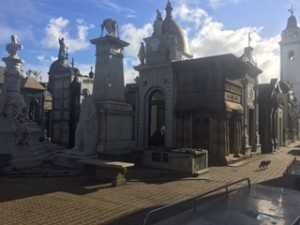
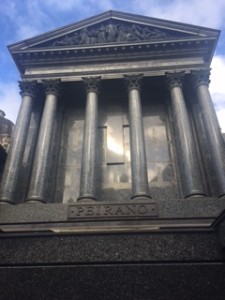
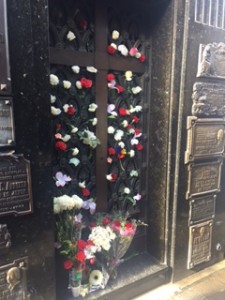
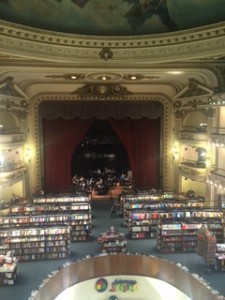
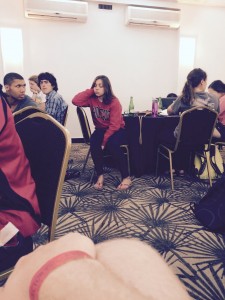
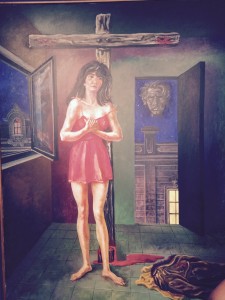

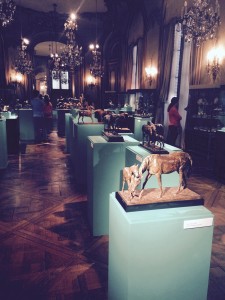
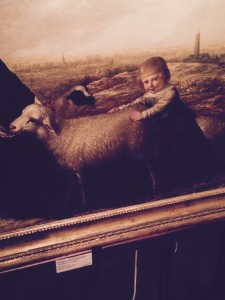
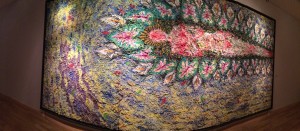
![IMG_1519[1]](https://u.osu.edu/argentinastudyabroadmay2015/files/2015/05/IMG_15191-1tfnu05-300x225.jpg)
![IMG_1525[1]](https://u.osu.edu/argentinastudyabroadmay2015/files/2015/05/IMG_15251-2kl8i8z-300x225.jpg)
![IMG_1524[1]](https://u.osu.edu/argentinastudyabroadmay2015/files/2015/05/IMG_15241-12dgf24-300x225.jpg)









